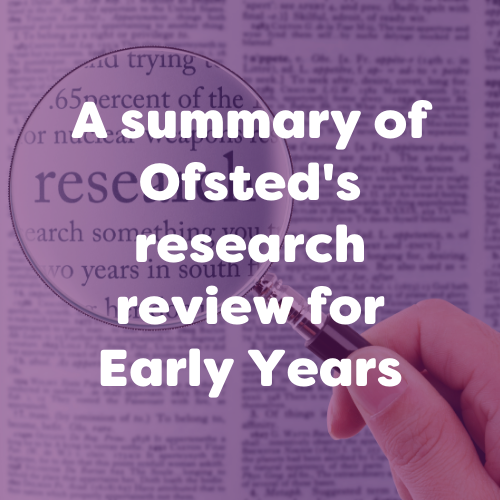Ofsted recently published part 1 of its “Best start in life: A research review for early years“. A series of subject-based curriculum research reviews focused on early years education. In this brief they discuss 4 key areas…
- The early years context for children aged from birth to 4 years
- Staffing in the early years sector
- The principles behind their research review series
- Early years curriculum and pedagogy.
This blog will summarise the findings in these 4 key areas, and explore the roles of play and explicit teaching in early years.
1. Early Years Context
The early years settings are divided into 2 broad subcategories, the maintained sector and the private, voluntary, and independent sector. The maintained sector relates to nursery schools and nursery classes within schools. While the private or voluntary sector includes day nurseries and childminders.
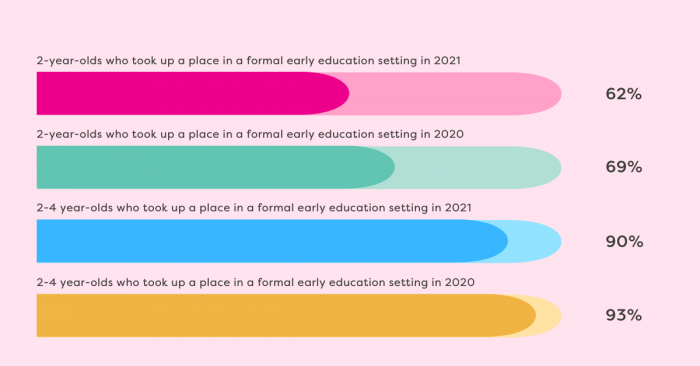
Children are either educated and cared for in very small groups such as at a childminder, or they are in larger groups such as at nursery. Differences in the way these settings are funded, and differences in staff expertise mean that children could have different experiences.
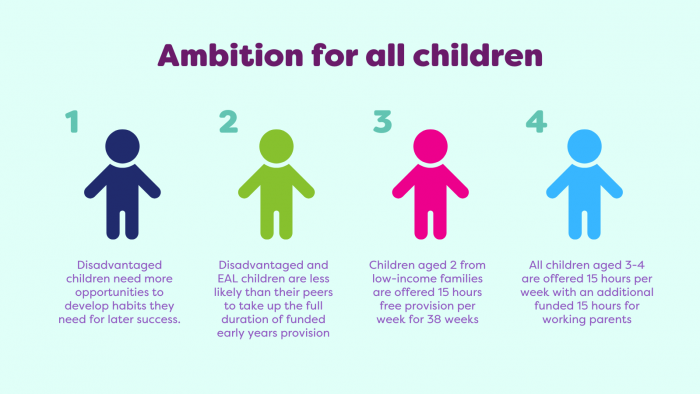
Differences
A high-quality early years education is important for SEND pupils. A case study found that families with children with SEND in early years education settings found that provision had a positive impact on their children (Department for Education. 2017. Study of Early Education and Development (SEED): Meeting the needs of children with special educational needs and disabilities in the early years). The most frequently reported benefits included improved social skills, greater confidence, and more independence.
There is a continuing importance of communication and language for children from disadvantaged backgrounds. Studies have shown that if children do not develop sufficient communication and language skills before starting school, this has a lasting impact on their educational progress.
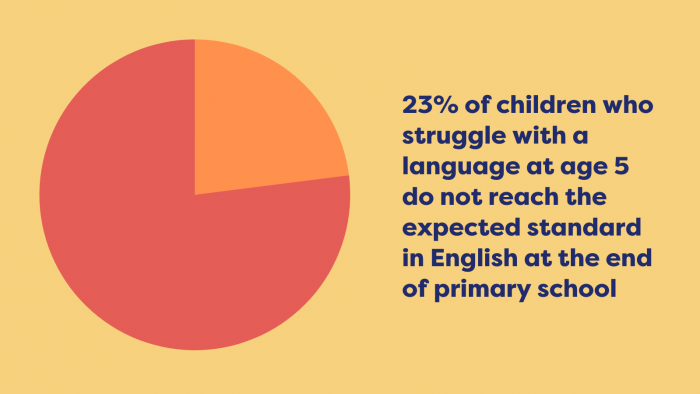
The research review also found that there is a gap between boys and girls from disadvantaged backgrounds by year 1. The review found that the gender gap is highest in deprived areas. Here, these children are less able to access the curriculum and to articulate their thoughts and feelings. This has a negative impact on their personal, social and emotional development.
The review found that education providers must offer plenty of opportunities for children to learn and practice speaking and listening. After Covid-19, some children require additional support. A study in Autumn 2020 found that children are struggling most with communication and language, PSED, and literacy. This is due to fewer opportunities for social interaction beyond immediate family. Some of the catch up strategies include:
- Creating language rich environments which emphasise interactions between adults and children.
- More support with PSED
- Childminders forming networks and taking children to communal spaces to socialise
2. Staff in the Early Years Sector
The early years workforce is large and varied, including sole childminders or larger teams in nurseries and schools. Some provision is government funded, while other provision is funded privately. The differences in settings mean that examining the early years workforce is complex. When researchers have examined the workforce, they look to two areas:
- ‘Process quality’ – Children’s experiences in the setting
- ‘Structural quality’ – e.g. staff ratios and qualifications
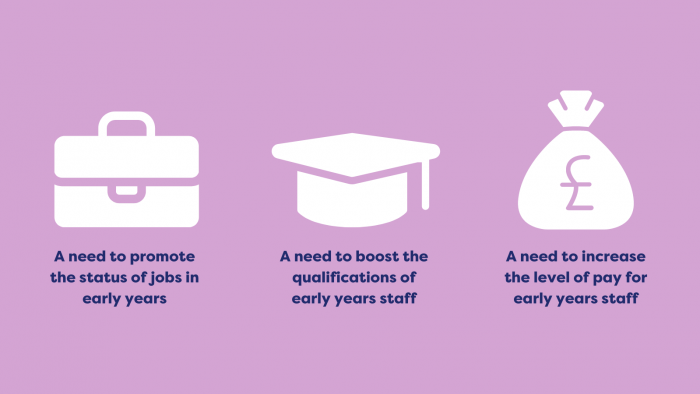
To retain a skilled early years workforce, the House of Commons Education Committee considers that barriers to progression should be removed. A positive, inclusive team culture and approachable managers are strong motivators for staff to stay in the workplace long term.
The EYFS Statutory Framework determines the ratio of adults to children. The younger the children are, the higher the ratio. For children aged 3+, the ratios are also determined by the level of qualifications held by staff.
Continuing professional development
The research review found that continuous professional development is essential for good-quality provision. However, a 2021 study found that early years managers limit staff training to only those which are essential. Such as safeguarding, health and safety, and first aid (M Sakr and S Bonetti. 2021. Continuing professional development for the early years workforce in England since 2015: a synthesis of survey data highlighting commonalities, discrepancies and gaps, in ‘Early Years’, 2021). The study also found in 2015, 39% of nursery managers could not afford to fund any non-mandatory training.
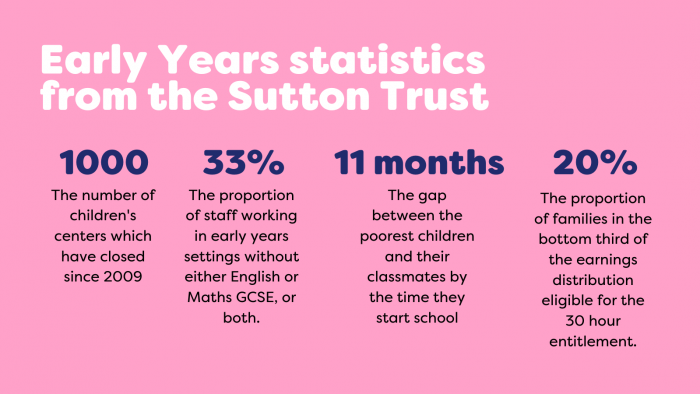
3. The principles behind the early years research review
The Ofsted Early Years review draws on evidence from academic papers, the Department for Education, secondary evidence such as blogs by teachers, Ofsted’s own research and guidance, and more. It considers a focus on curriculum and pedagogy, defining these as what is taught and how it is taught respectively. It highlights that there is no one way to plan and teach high-quality early education.
The review notes that providers will face the challenge of helping children to catch-up after the effects of Covid-19. Prioritising content will be key to setting out the most effective ways to secure progress in each area of learning.
Ofsted inspectors use the criteria in their inspection framework to understand quality education. These criteria were developed from a review of research and their own 3 phases of curriculum research.
Ofsted’s research is stated to be “through the lens of areas of learning”.
4. Early Years Curriculum and Pedagogy
The curriculum lies at the heart of education. It determines what learners will know and be able to go on to do by the time they have finished that stage of their education.
Education inspection framework: overview of research, Ofsted 2019
Ofsted considers the curriculum to be a progression model, which enables children to know, understand and do more. This model enables all children to make progress in the early years. This section states that sometimes it may be appropriate to explicitly teach children what to do, followed by opportunities to learn through play. Other times, it might be best to learn through play first with guidance at appropriate points.
Cultural Capital
Cultural capital is the essential knowledge that children need to prepare them for the future. The curriculum should be used to enhance children’s experiences, especially those of most disadvantaged backgrounds.
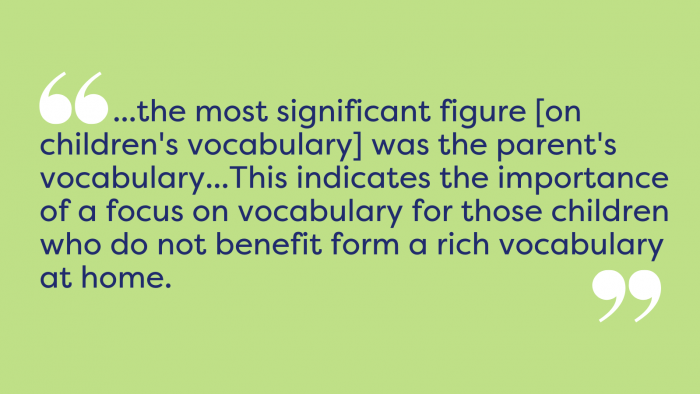
Different forms of cultural capital could be used to bring a celebration of diversity into the classroom as children become more familiar with different traditions and cultures.
Prior knowledge and the importance of knowing children’s starting points
Ofsted states that effective practitioners do not make assumptions about the knowledge children might already have. They give the example of one child having read ‘We’re Going on a Bear Hunt‘ many times, while another has only read it once. If an early years setting plans activities around the book, the first child has an advantage.
The practitioner should construct a curriculum which considers local context, while maintaining the same high expectations for all children.
Teaching in the Early Years
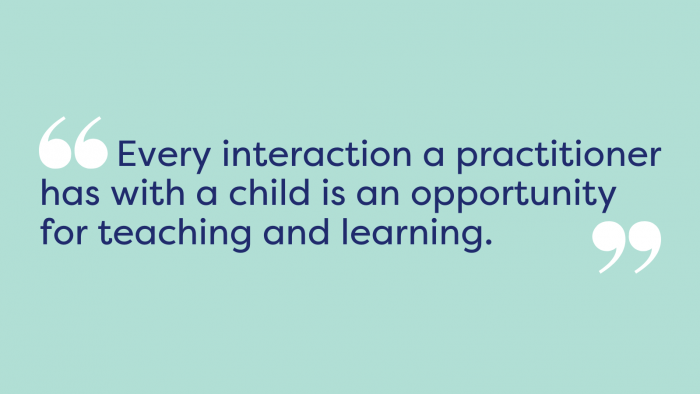
This section lists the 3 core areas of executive function:
- inhibition (self-control of behaviour and attention)
- working memory (holding information in mind and working with it)
- cognitive flexibility (changing approaches to a problem and switching between tasks)
The report states that ‘well developed executive function leads to a better educational attainment as well as a healthier life’. It references a report which found that strong executive function at age 5 strongly predicted academic ability later in life.
The role of play
The report acknowledges that play is essential for children’s development. This includes play which is guided by adults, and children’s own play. It states that when planning play, practitioners should consider whether children are learning something new or whether they are building on previous knowledge. It has been noted by some that the way the report considers play at home to be ‘completely unguided’ overlooks the roles of parents and carers as educators.
The role of explicit teaching
Explicit teaching is when the practitioner introduces information or skills through direct instruction. It is useful for things such as introducing mathematical concepts and vocabulary. It should be used in conjunction with guided play and other forms of teaching.
Subsequent reviews will be published at a later date to explore the EYFS 7 areas of learning.

